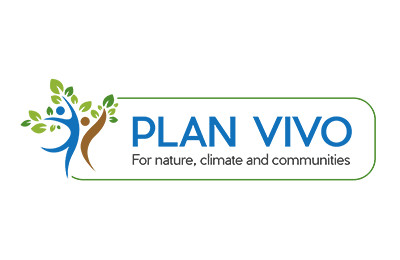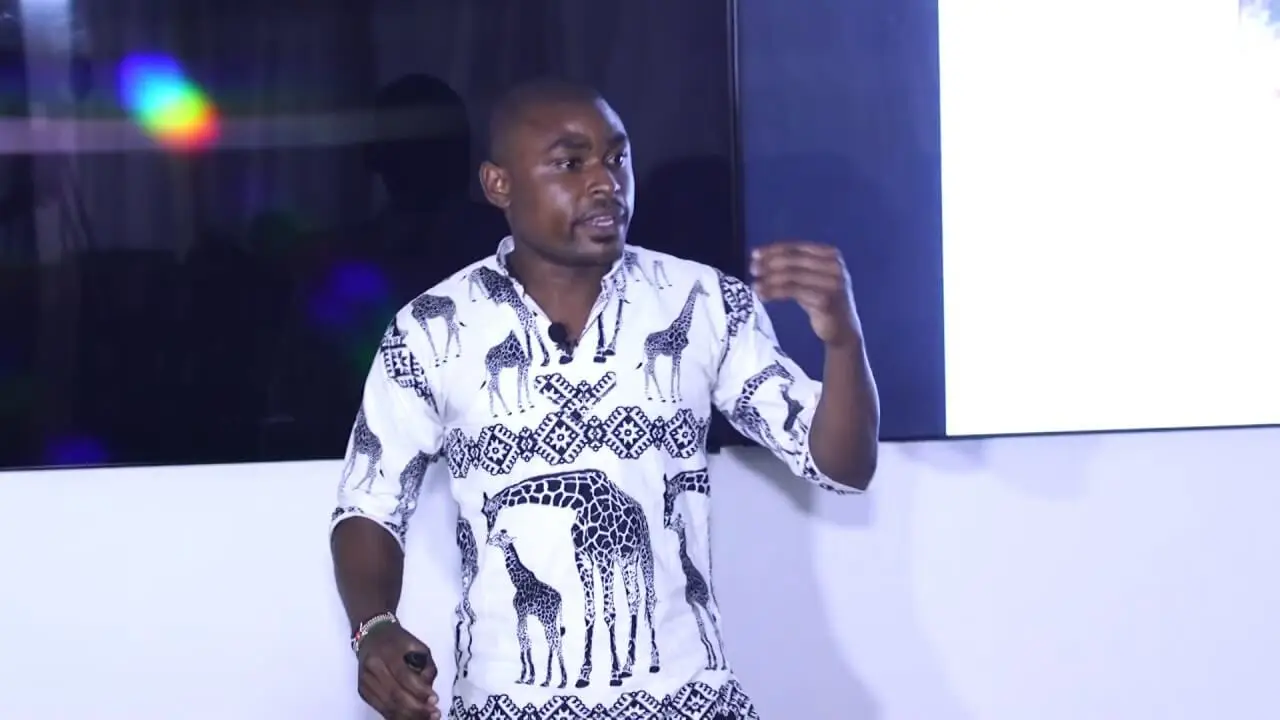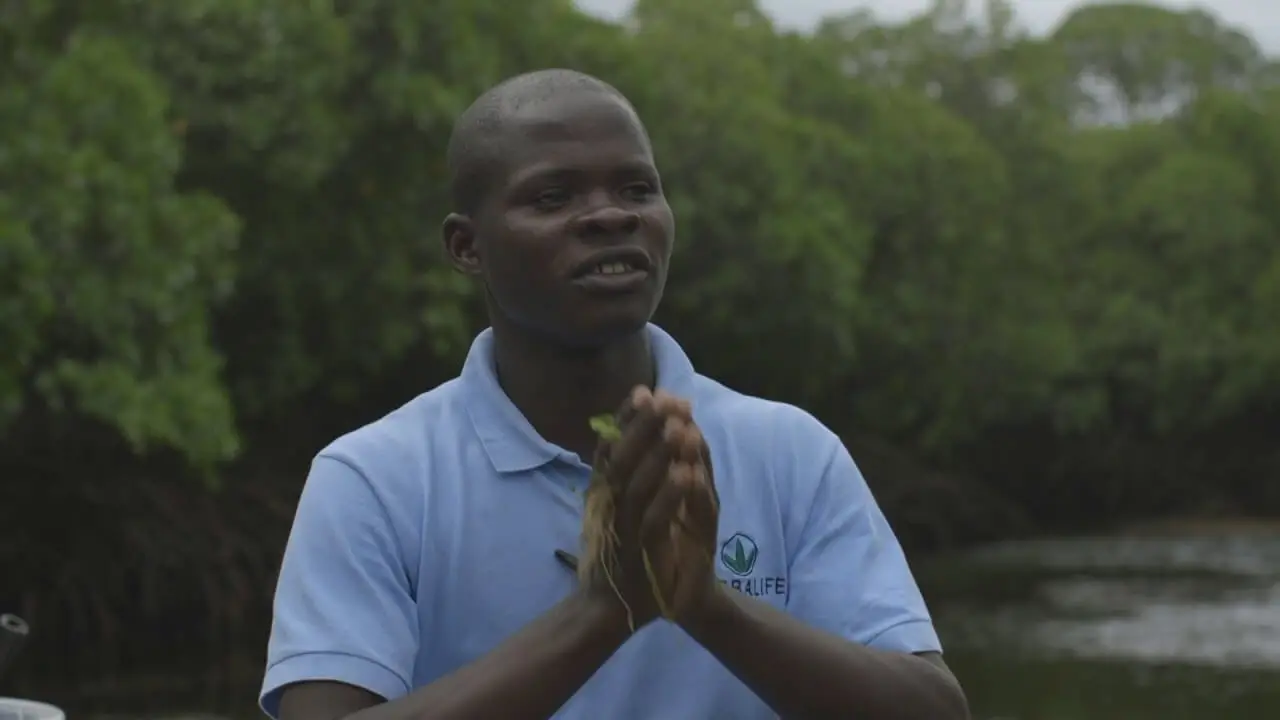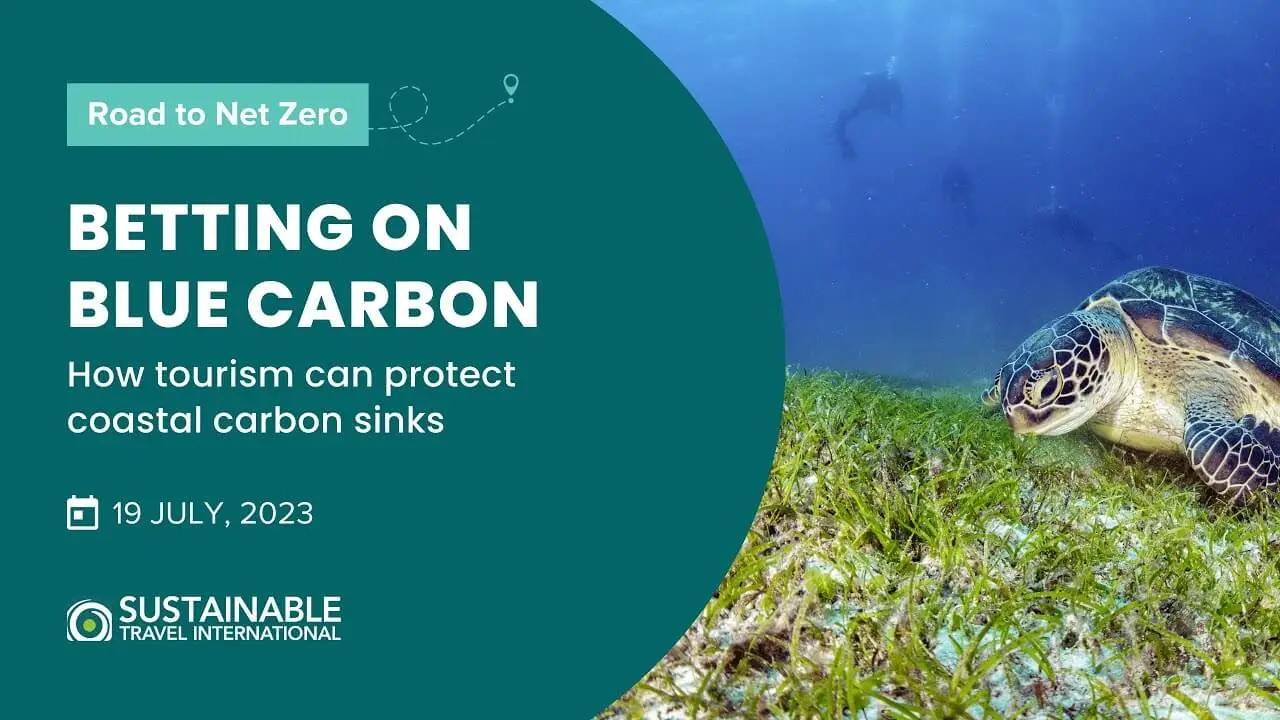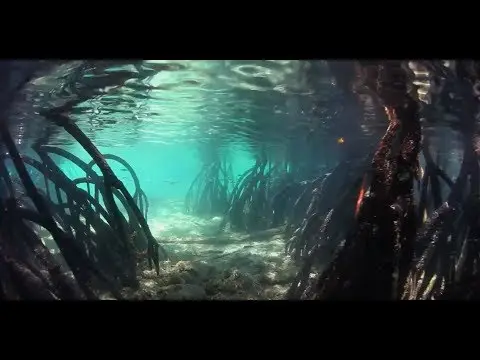Mikoko Pamoja is a community-based project that is protecting and restoring mangrove forests along Kenya’s southern coast. By conserving these valuable blue carbon ecosystems and creating livelihood opportunities, the project is fostering marine health and improving the resilience of coastal communities. Funds from carbon offsets support community initiatives that supply clean drinking water, improve schools, and more.
Where & Why
Between 1985 and 2010, about 20% of Kenya’s mangroves were lost. In some peri-urban areas along Kenya’s coast the rate of deforestation was upwards of 70%. This is largely due to over-harvesting since mangrove wood is a cheap and durable building material. Additionally, many families rely on open fires for energy and use mangrove wood as fuel. As the local population continues to rapidly grow, the pressure on Kenya’s remaining mangroves will only intensify.
Studies show that, pound for pound, mangrove forests sequester four times more carbon than rainforests. Most of this carbon is stored in the soil, but when the mangroves are destroyed it is released into the atmosphere. It is estimated that mangroves account for up to 10% of global deforestation emissions, even though they make up less than 1% of the world’s forests.
Mangroves are an essential part of marine ecosystems and provide a variety of benefits in addition to storing carbon. The mangroves that grow along Kenya’s coastline serve as important breeding and nursery grounds for fish and other marine species. They also act as a natural buffer between land and sea – filtering pollutants from coastal water, defending communities against storms, and preventing coastal erosion.
The loss of mangrove habitats has led to declining fish stocks, which are a vital source of income and food for Kenya’s coastal communities. Furthermore, without the protection of mangroves, Kenya’s coastal areas will be at greater risk of erosion, flooding, and other hazards brought on by climate change.
How & Who
Mikoko Pamoja is a community-based project that is conserving and restoring mangroves in Gazi Bay along Kenya’s southern coast. Mikoko Pamoja means “mangroves together” in Swahili. The project protects 290 acres of mangrove forest by educating locals on their importance, engaging community members in forest monitoring, and strengthening the enforcement of existing regulations. The projects will further discourage the over-harvesting of mangroves by promoting the use of clean energy stoves and establishing community woodlots where locals can source alternative wood products for their construction and fuel needs.
Along with conserving existing forests, local communities are restoring degraded mangrove sites through reforestation. In 2022, community members came together to plant 1500 mangrove seedlings to help restore the degraded areas of Gazi bay.
The reforested mangroves support coastal biodiversity and enhance the health of connected ecosystems, such as seagrass beds and coral reefs. Their sturdy roots and stems will help stabilize shorelines and prevent sedimentation, leading to better water quality. The newly planted and conserved mangroves will also absorb carbon and store it in their soil and biomass.
Along with supporting conservation, the projects improve the well-being of the 1,000 people that live in the local villages. Funds generated from carbon offset purchases are channeled into community development initiatives including supplying clean water, renovating schools, and providing books and medication. The project is partnering with other organizations to provide low carbon cookstoves for villagers, as well as creating a plastic waste management system to keep the mangroves clean. They are also looking to pursue income generating opportunities such as beekeeping. Because these economic activities depend on healthy mangroves, they provide a financial incentive to continue with conservation efforts.
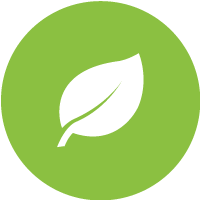
Environmental Benefits
- Mitigates climate change by sequestering carbon emissions
- Protects and rehabilitates mangrove forests
- Improves habitats and replenishes fish populations
- Enhances coastal stability and prevents sedimentation

Community Benefits
- Supports improved water sanitation, education, and health
- Trains communities on entrepreneurial skills
- Provides local employment
- Reduces damaging effects of storms and floods
- Increases food security
Project Type

Blue/Teal Carbon
Location
Annual CO2 Reduction
2,500 metric tons CO2e (expected annual average for crediting period)
SDGs Supported
Verification Standard
Project Developers
Association for Coastal Ecosystem Services (ACES)
Project Documents
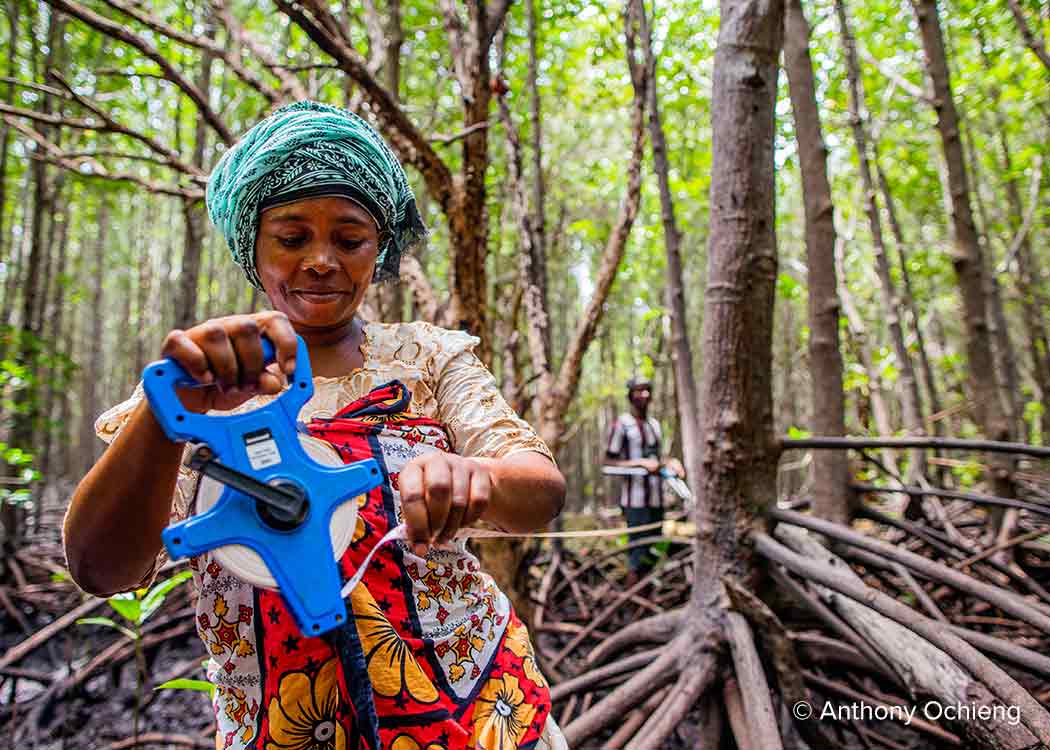
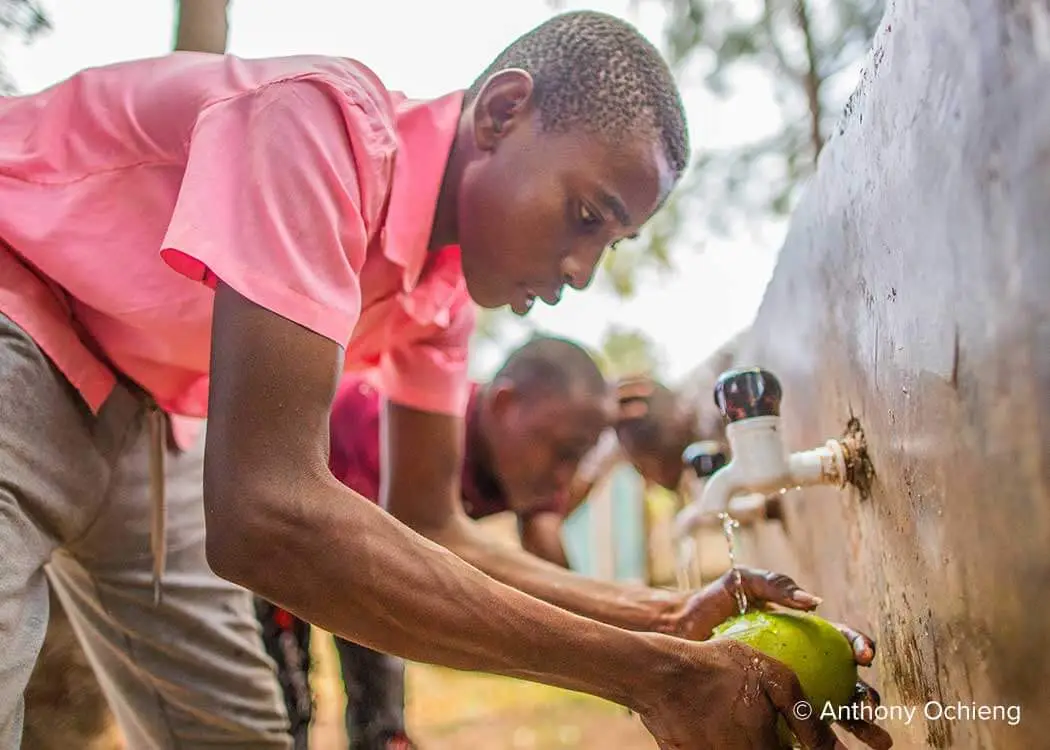
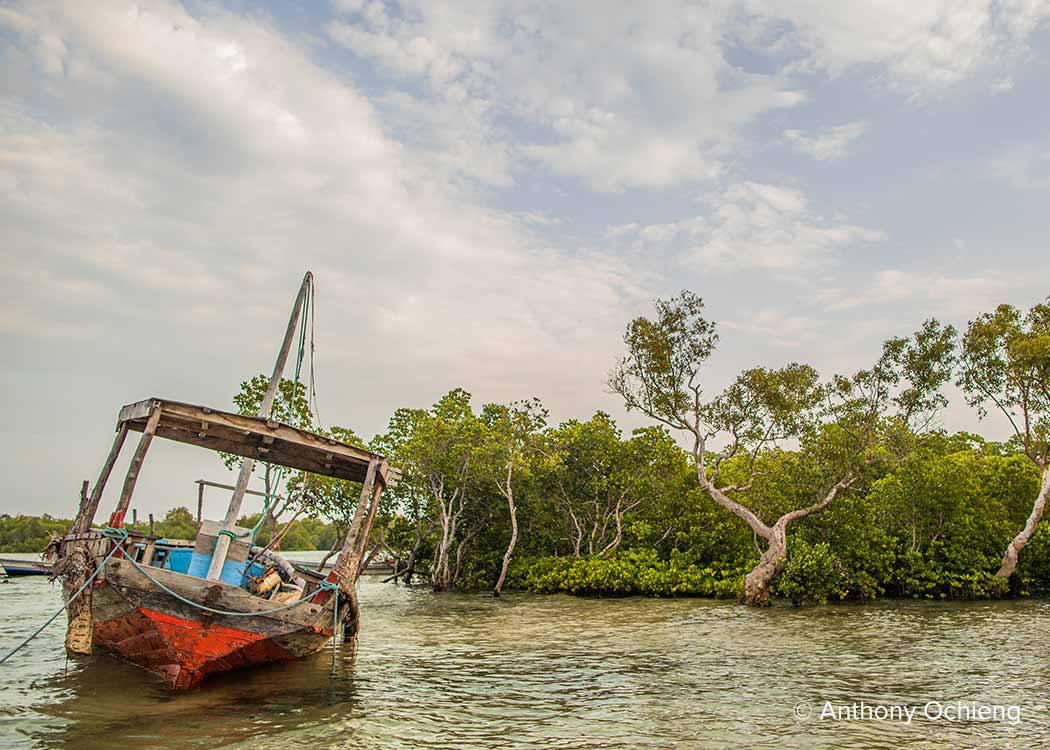
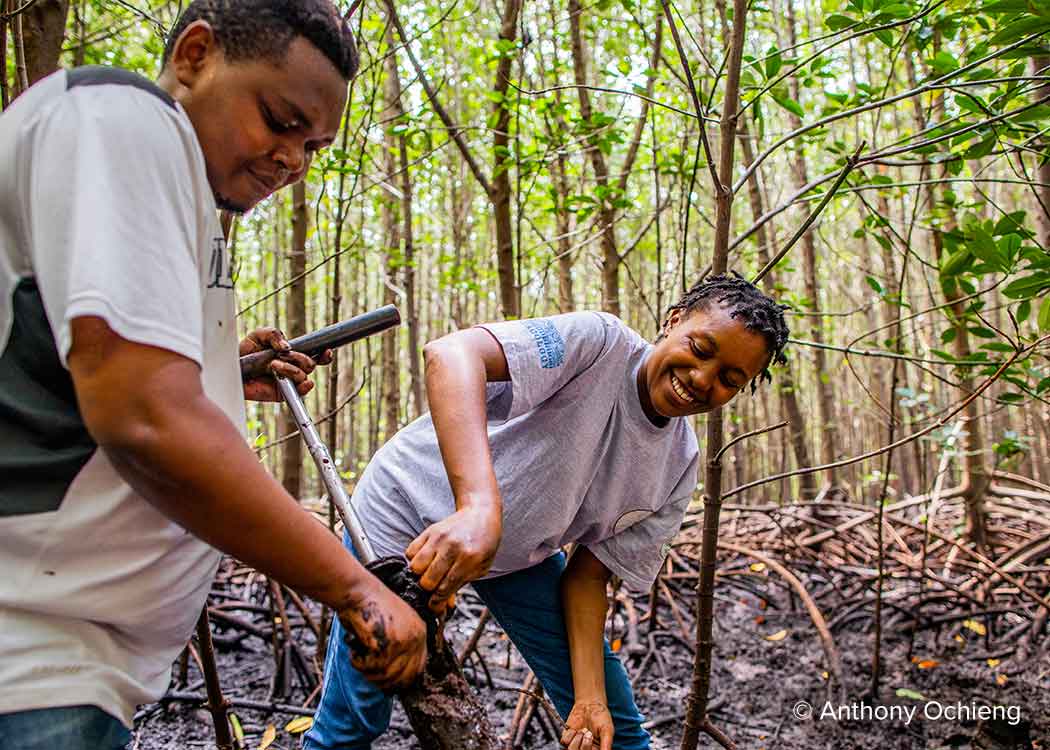
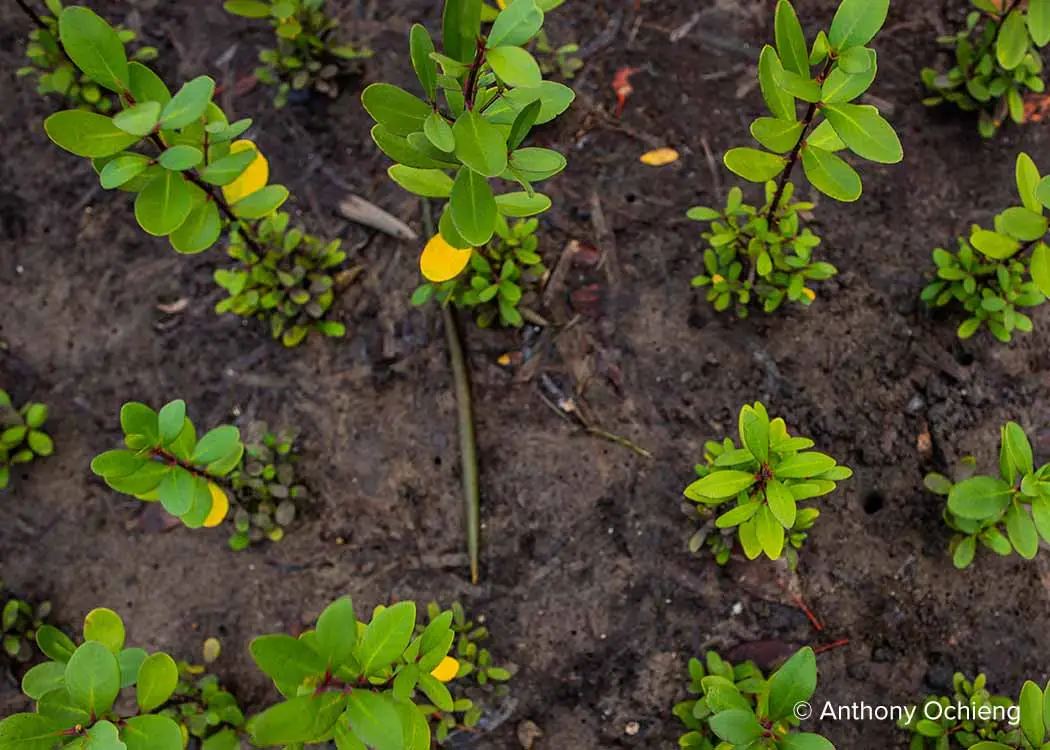

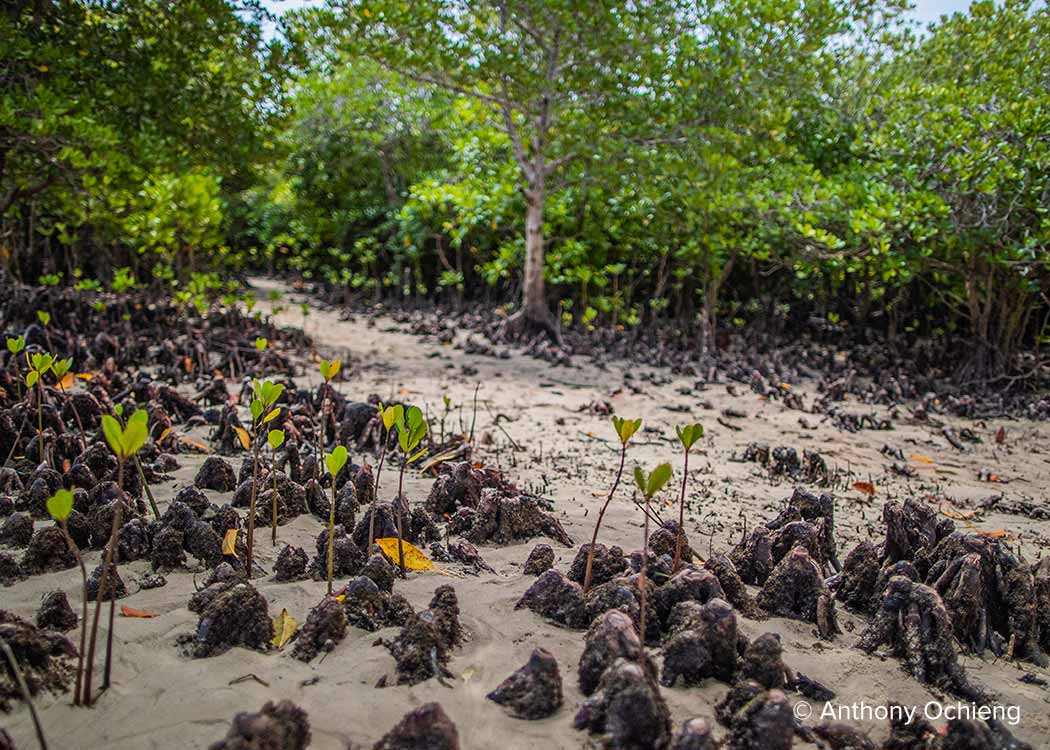
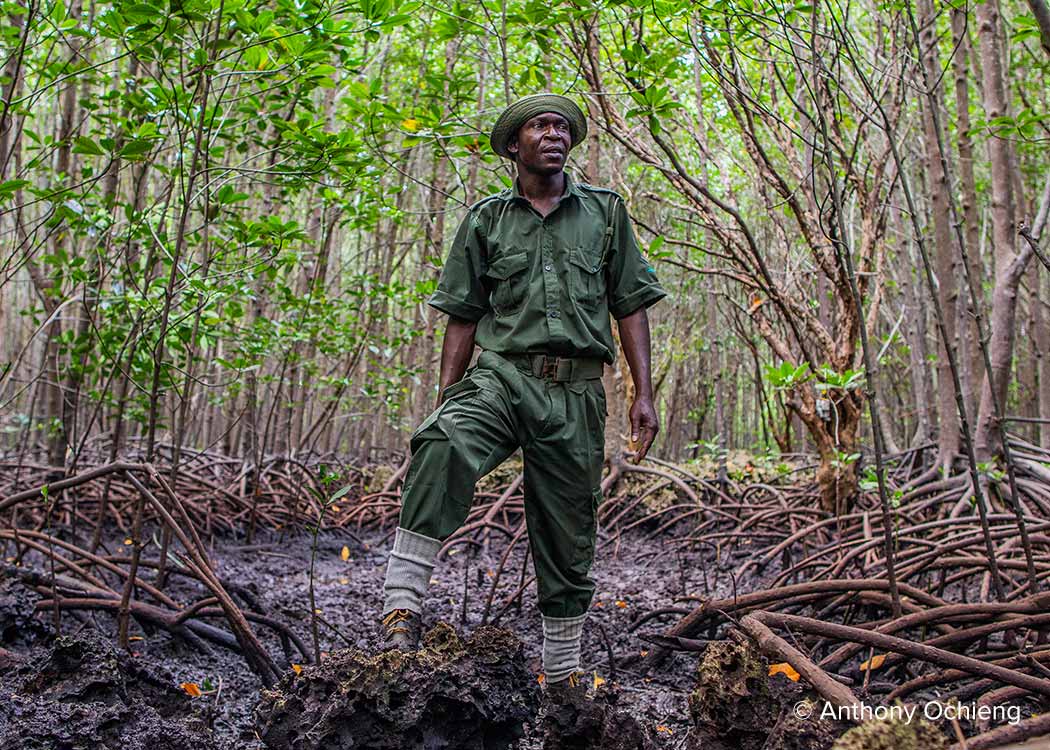
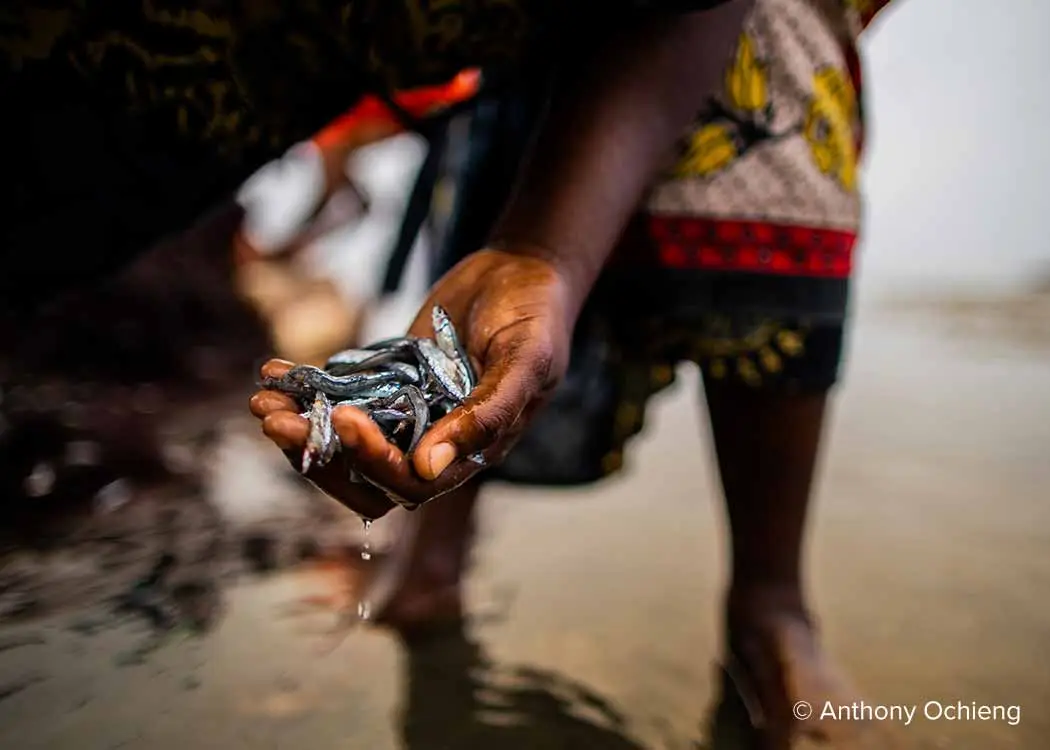
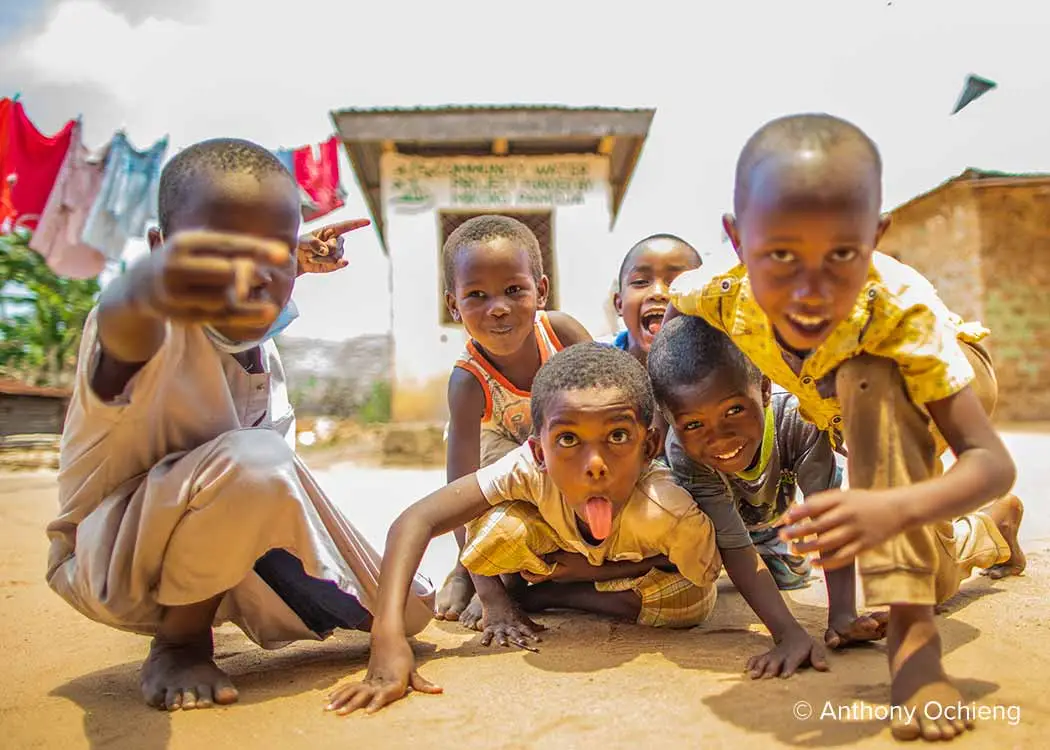
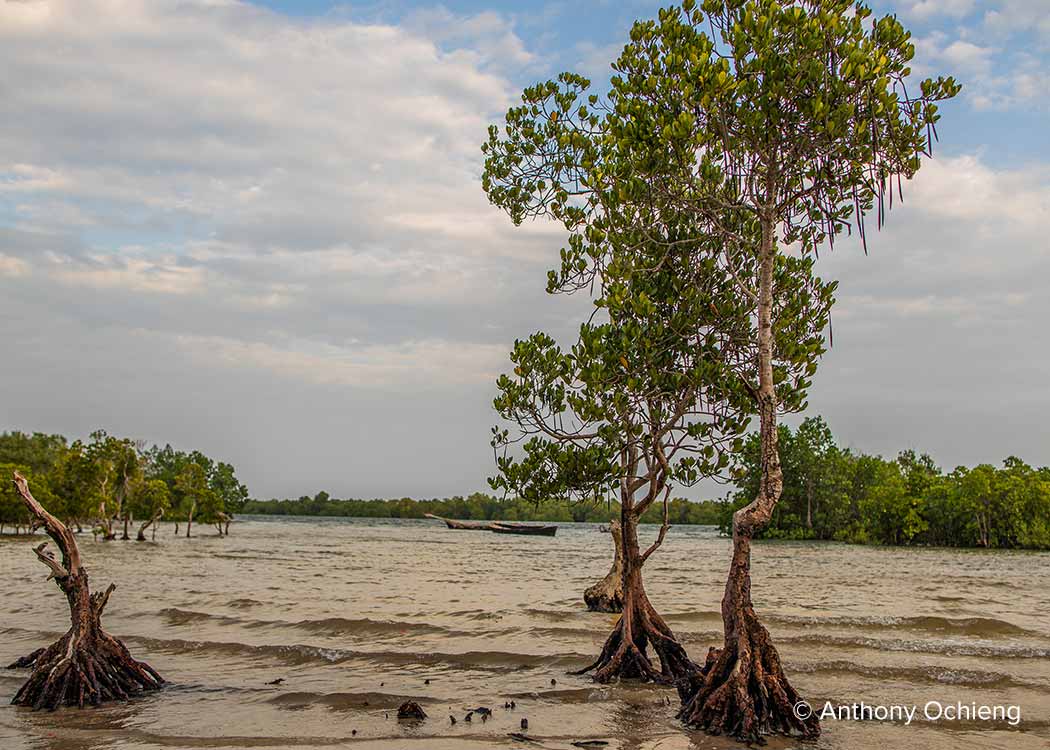
News & Stories
Offset Your Travel Footprint
Calculate and offset the carbon footprint of your flight in seconds via our online carbon calculator! Already know your carbon footprint? Click the option to “offset now.”










